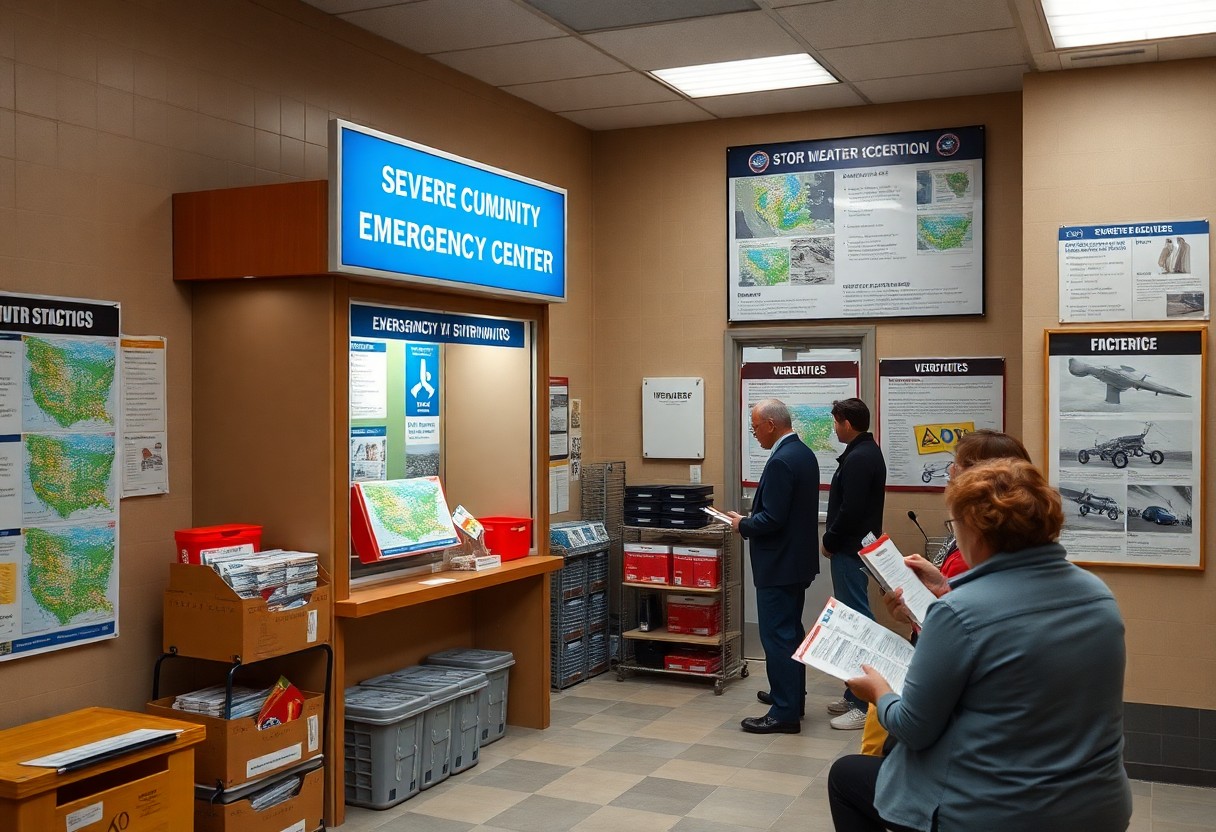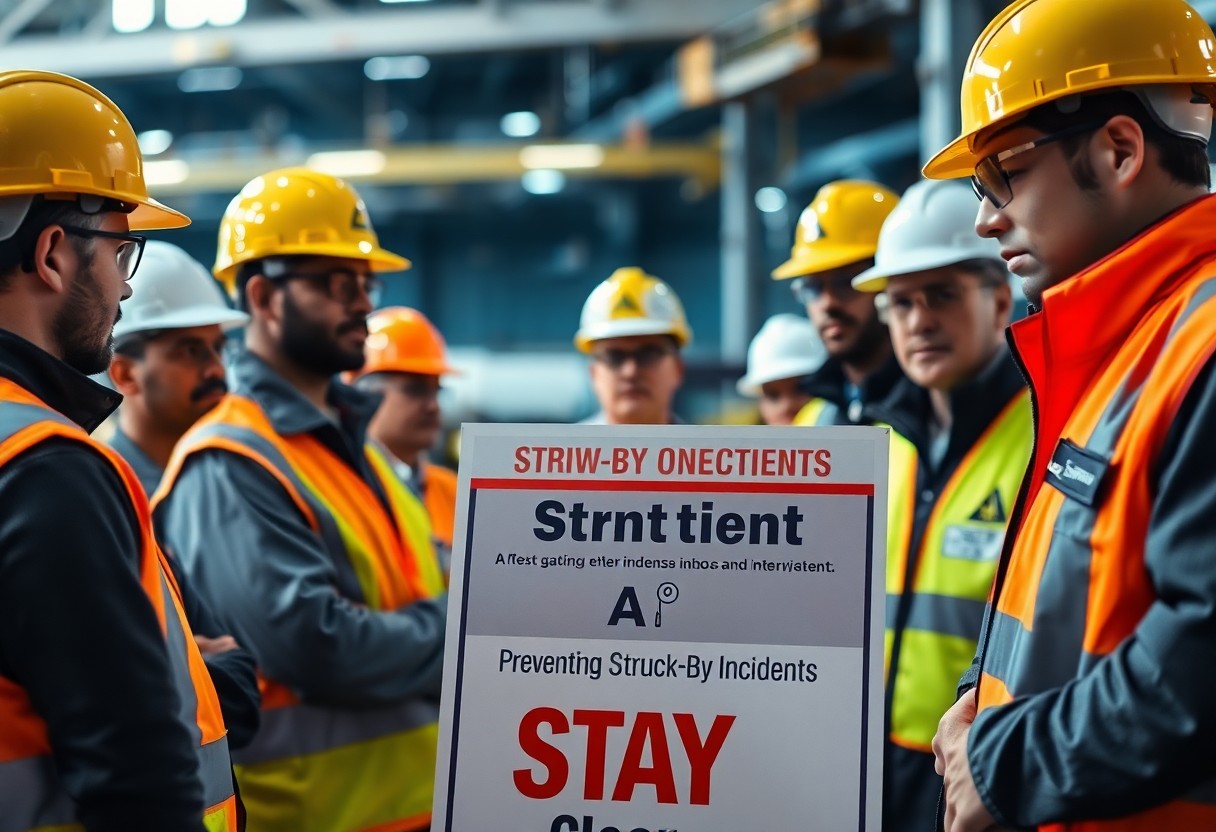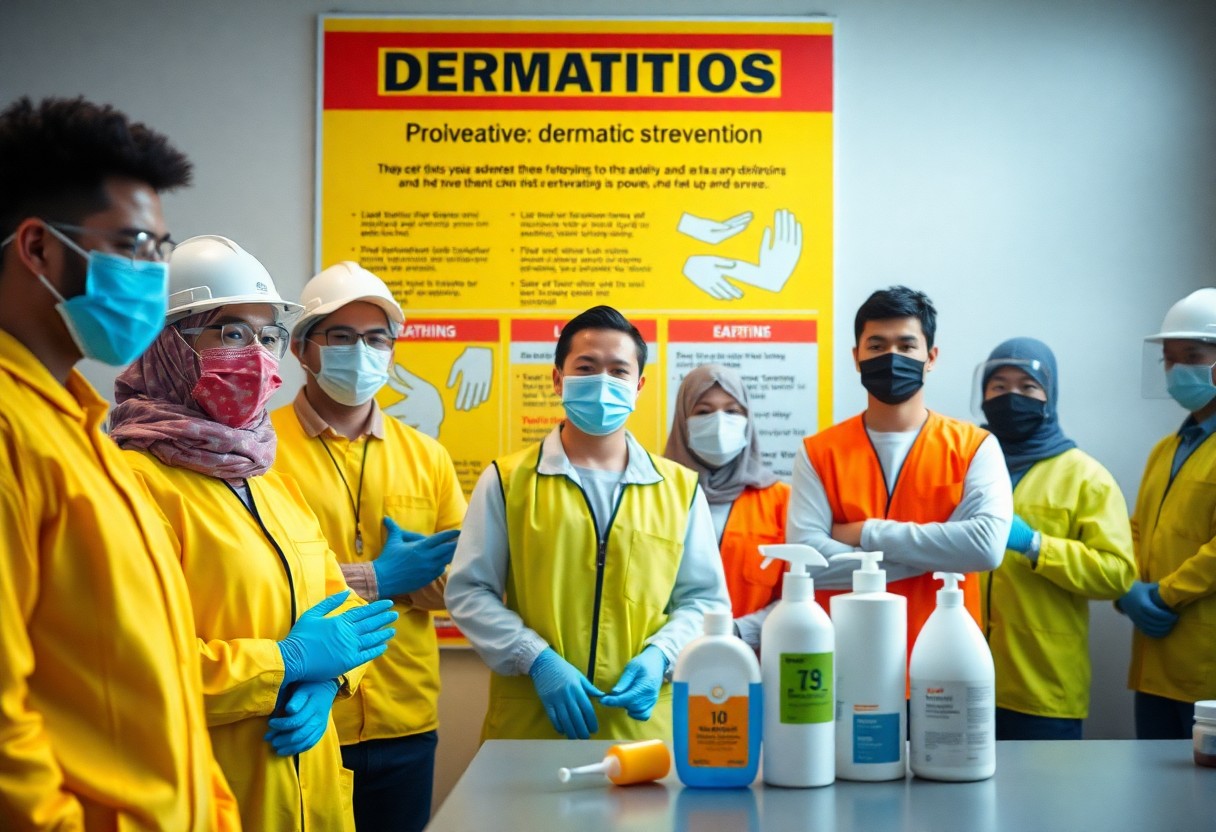Category: Safety.OOO
-

Safety Talk – Cold Stress – Staying Warm Safely
It’s necessary to understand the risks associated with cold stress, especially if you work outdoors in low temperatures. You need to be aware of the signs of cold-related illnesses and take proactive measures to protect yourself. This guide will provide you with valuable safety tips to stay warm and healthy. By following these guidelines, you…
-

Safety Talk – Eye Wash Stations – Know Their Locations
Eyewash stations are important tools for ensuring immediate response to eye injuries in the workplace. You should be aware of their locations to facilitate quick access during emergencies, minimizing potential damage or discomfort. This article will guide you through the importance of these stations, how to locate them, and best practices for their use. By…
-

Safety Talk – Warehouse Equipment – Watch for Pallet Jacks
It’s necessary for you to be aware of the risks associated with pallet jacks in your warehouse environment. These widely used tools can enhance efficiency, but they also present hazards if not used properly. Understanding how to navigate around them safely can help protect you and your coworkers from potential accidents. This post will provide…
-

Safety Talk – Ergonomic Tools – Invest in Your Health
With the increasing amount of time spent in various work environments, the importance of ergonomic tools cannot be overstated. You have the power to enhance your comfort and productivity by selecting tools designed to reduce strain and promote proper posture. Investing in ergonomic equipment not only benefits your physical well-being but also leads to greater…
-

Safety Talk – Ergonomics for Remote Work – Home Office Setup
Many individuals are transitioning to remote work, making it necessary to establish a comfortable and efficient home office setup. Your work environment can significantly impact your productivity and overall well-being, which is why understanding ergonomics is vital. By optimizing your workspace with proper furniture, equipment placement, and usage habits, you can effectively reduce strain and…
-

Safety Talk – Severe Weather Preparedness – Storm Safety
Most people underestimate the impact severe weather can have on their safety and property. Being proactive and informed about storm safety can make all the difference when facing potential disasters. This guide will equip you with crucial tips and strategies to prepare for storms, ensuring that you and your loved ones stay safe during adverse…
-

Safety Talk – Fire Doors – Never Block or Wedge Open
Safety should always be your top priority in any building. Fire doors play a vital role in preventing the spread of smoke and flames during emergencies, and it’s important that you never block or wedge them open. Doing so compromises the integrity of these life-saving structures and puts everyone at risk. Understanding the significance of…
-

Safety Talk – Preventing Struck-By Incidents – Stay Clear
It’s imperative for you to be aware of struck-by incidents, as they pose significant risks in various environments. These accidents occur when a moving object collides with a person, potentially resulting in serious injuries or fatalities. Understanding how to stay clear of these hazards can help protect you and your coworkers. By recognizing the types…
-

Safety Talk – Recognizing Signs of Stress in Others
Safety in your environment extends beyond physical hazards; it also involves emotional well-being. You play a vital role in recognizing the signs of stress in others, as early detection can lead to timely support and intervention. This guide will help you identify key indicators of stress among your colleagues, friends, or loved ones, empowering you…
-

Safety Talk – Dermatitis Prevention – Protect Your Skin
With proper awareness and proactive measures, you can effectively prevent dermatitis and protect your skin from irritants and allergens. Understanding the causes and symptoms of dermatitis is imperative to safeguarding your health. This guide will equip you with practical tips and strategies to minimize your risk, ensuring that your skin remains healthy and resilient in…